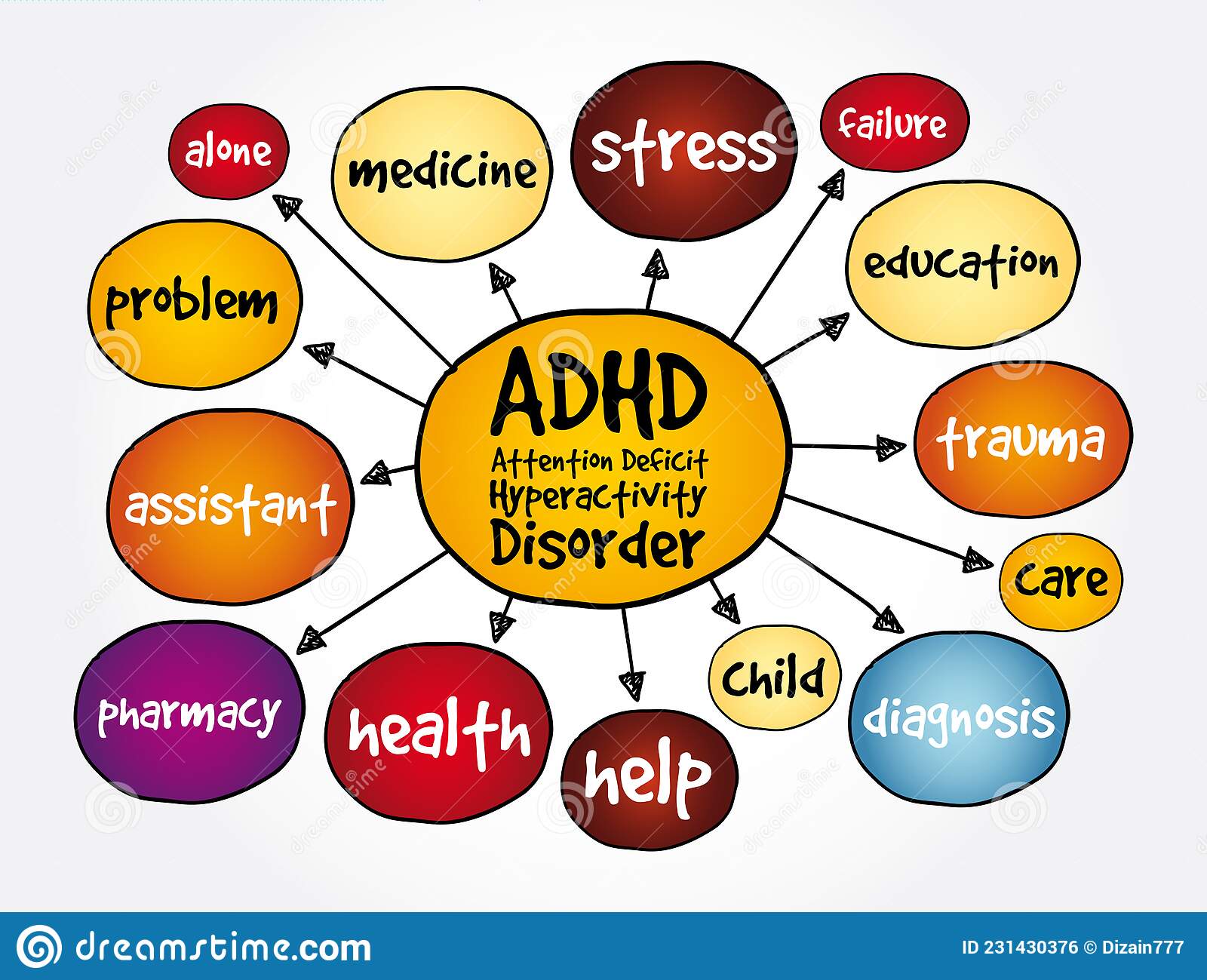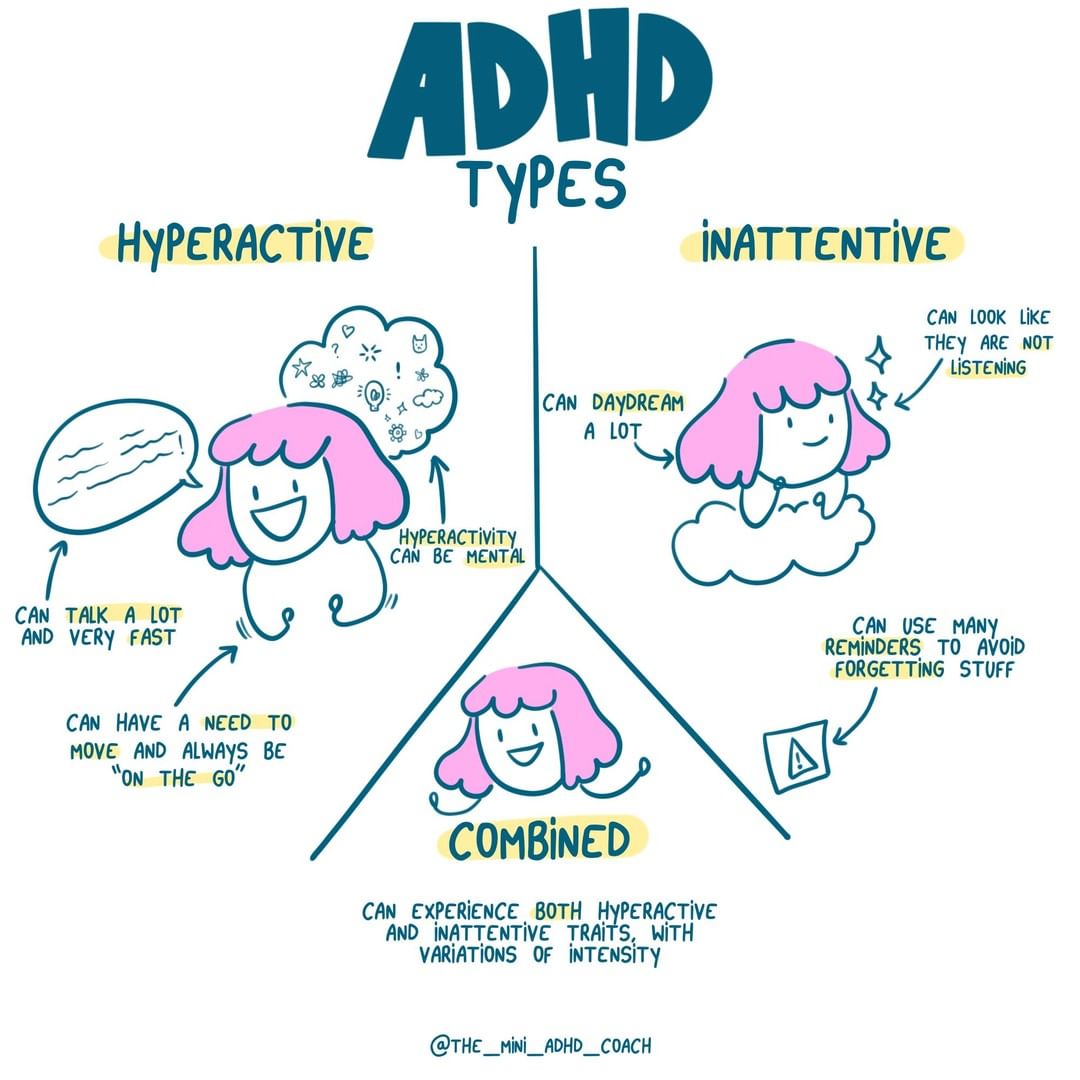Adult ADHD: Understanding Your Diagnosis And Next Steps

Table of Contents
Understanding Your Adult ADHD Diagnosis
Receiving an accurate Adult ADHD diagnosis is the first crucial step towards effective management. This involves understanding the common symptoms and the process involved in reaching a diagnosis.
Common Symptoms of Adult ADHD
Adult ADHD symptoms often differ from those seen in children. While hyperactivity might be less pronounced, inattentiveness and impulsivity often persist and can significantly impact daily life. Common symptoms include:
- Difficulty focusing on tasks: Struggling to maintain attention during conversations, work, or leisure activities. This can lead to frequent task switching and unfinished projects.
- Interruption of conversations: Frequently interrupting others, struggling to wait one's turn to speak.
- Restlessness and fidgeting: An inability to sit still, constant movement, pacing.
- Poor time management: Chronic lateness, difficulty prioritizing tasks, and struggling to meet deadlines.
- Forgetfulness and disorganization: Misplacing items, losing track of appointments, and difficulty remembering instructions.
- Emotional dysregulation: Experiencing intense emotional responses, difficulty managing anger, frustration, or sadness.
Adult ADHD presents in different subtypes: predominantly inattentive, predominantly hyperactive-impulsive, and combined. A professional diagnosis from a psychiatrist or psychologist is essential to determine the specific subtype and severity of your ADHD.
The Diagnostic Process
The diagnostic process for Adult ADHD typically involves several steps:
- Medical history review: A comprehensive review of your medical history, including childhood behaviors and any previous diagnoses.
- Behavioral assessments: Evaluations of your current behaviors and how they impact your daily life. This often involves self-reported questionnaires and clinician observations.
- Rating scales: Standardized questionnaires like the Conner's Adult ADHD Rating Scales help quantify the severity of your symptoms.
- Psychological evaluation: A thorough evaluation to rule out other conditions with similar symptoms (differential diagnosis). This might include assessing for anxiety, depression, or other mental health concerns.
It's crucial to remember that a proper diagnosis needs to be done by a healthcare professional trained in diagnosing and managing ADHD.
Treatment Options for Adult ADHD
Effective management of Adult ADHD usually involves a combination of medication and therapy, tailored to the individual's specific needs and symptom profile.
Medication Management
Medication plays a significant role for many adults with ADHD. Stimulant and non-stimulant medications are commonly prescribed to help manage symptoms such as inattention, impulsivity, and hyperactivity.
- Types of medication: Common stimulants include methylphenidate (Ritalin, Concerta) and amphetamine (Adderall, Vyvanse). Non-stimulants like atomoxetine (Strattera) are also available.
- Potential side effects: All medications have potential side effects. It's crucial to discuss these with your psychiatrist and monitor for any adverse reactions.
- Finding the right medication and dosage: Finding the right medication and dosage often requires a trial-and-error process, with close monitoring by your prescribing physician. Open communication is essential to adjust your treatment as needed.
Therapy and Behavioral Strategies
Therapy, particularly Cognitive Behavioral Therapy (CBT), provides valuable tools for managing ADHD symptoms and improving overall well-being.
- CBT techniques: CBT helps individuals identify and challenge negative thought patterns, develop coping mechanisms for impulsivity, and improve focus and organizational skills.
- Time management techniques: Structured planning, prioritization, and time-blocking are key strategies for improving productivity and reducing feelings of overwhelm.
- Organizational strategies: Implementing systems for managing tasks, appointments, and personal belongings can significantly alleviate daily challenges.
- Mindfulness practices: Mindfulness techniques help improve focus, manage impulsivity, and reduce stress.
Therapy and medication often complement each other, providing a comprehensive approach to managing Adult ADHD.
Navigating Daily Life with Adult ADHD
Successfully managing Adult ADHD requires implementing practical strategies across various aspects of life.
Strategies for Success at Work
The workplace can present unique challenges for adults with ADHD. However, with the right strategies, success is achievable:
- Time blocking: Allocate specific time slots for tasks, preventing task-switching and improving focus.
- Prioritization techniques: Learn to prioritize tasks based on importance and urgency, using tools like Eisenhower Matrix.
- Utilizing technology for organization: Employ calendar apps, task management software, and note-taking apps to stay organized.
- Seeking workplace accommodations: Discuss your needs with your employer and explore potential accommodations, such as flexible work arrangements or quiet workspaces.
Improving Relationships and Social Interactions
Adult ADHD can impact relationships, but open communication and understanding can significantly improve interactions:
- Open communication: Communicate your challenges and needs openly and honestly with loved ones.
- Setting realistic expectations: Acknowledge your limitations and set realistic expectations for yourself and others.
- Practicing empathy: Develop empathy for the challenges faced by your loved ones due to your ADHD.
- Seeking support groups: Connecting with others who understand your experiences can provide valuable support and reduce feelings of isolation.
Self-Care and Wellness
Prioritizing self-care is crucial for managing Adult ADHD and preventing burnout. This includes:
- Regular exercise: Physical activity boosts mood, improves focus, and reduces stress.
- Healthy diet: Nourishing your body with a balanced diet provides the energy and nutrients needed for optimal brain function.
- Sufficient sleep: Prioritize adequate sleep to improve mood, focus, and cognitive function.
- Stress management techniques: Learn and practice stress-reduction techniques, such as yoga, meditation, or deep breathing.
- Mindfulness and meditation: Regular practice can enhance self-awareness and improve emotional regulation.
Conclusion
Receiving an Adult ADHD diagnosis is a significant step, but it's also an opportunity to gain a better understanding of yourself and develop effective strategies for managing your symptoms. By understanding your diagnosis, exploring treatment options, and implementing practical strategies, you can improve your focus, organization, and overall well-being. Remember to work closely with your healthcare provider to create a personalized treatment plan that addresses your unique needs. Take control of your journey with Adult ADHD; seek professional help and begin building a life filled with success and fulfillment. Don't hesitate to explore resources and support groups dedicated to Adult ADHD management.

Featured Posts
-
 Capital Summertime Ball 2025 Tickets A Step By Step Guide
Apr 29, 2025
Capital Summertime Ball 2025 Tickets A Step By Step Guide
Apr 29, 2025 -
 How Arne Slot Almost Delivered Liverpool The Premier League
Apr 29, 2025
How Arne Slot Almost Delivered Liverpool The Premier League
Apr 29, 2025 -
 Cardinals Conviction And Papal Conclave Voting Eligibility
Apr 29, 2025
Cardinals Conviction And Papal Conclave Voting Eligibility
Apr 29, 2025 -
 Adult Adhd Diagnosis Next Steps And Support
Apr 29, 2025
Adult Adhd Diagnosis Next Steps And Support
Apr 29, 2025 -
 North Korea Confirms Troop Deployment To Russia In Ukraine First Official Admission
Apr 29, 2025
North Korea Confirms Troop Deployment To Russia In Ukraine First Official Admission
Apr 29, 2025
Latest Posts
-
 Pokhoron Papi Rimskogo Chi Vidbudetsya Zustrich Trampa Ta Zelenskogo
Apr 30, 2025
Pokhoron Papi Rimskogo Chi Vidbudetsya Zustrich Trampa Ta Zelenskogo
Apr 30, 2025 -
 Planification Des Places Pour Les Funerailles Du Pape Un Processus Complexe
Apr 30, 2025
Planification Des Places Pour Les Funerailles Du Pape Un Processus Complexe
Apr 30, 2025 -
 A Popes Funeral Understanding The Complexities Of Seating
Apr 30, 2025
A Popes Funeral Understanding The Complexities Of Seating
Apr 30, 2025 -
 Zustrich Trampa Ta Zelenskogo Na Pokhoronakh Papi Rimskogo Ochikuvannya Ta Analiz
Apr 30, 2025
Zustrich Trampa Ta Zelenskogo Na Pokhoronakh Papi Rimskogo Ochikuvannya Ta Analiz
Apr 30, 2025 -
 Papal Funeral Seating Protocol And Practicalities
Apr 30, 2025
Papal Funeral Seating Protocol And Practicalities
Apr 30, 2025
